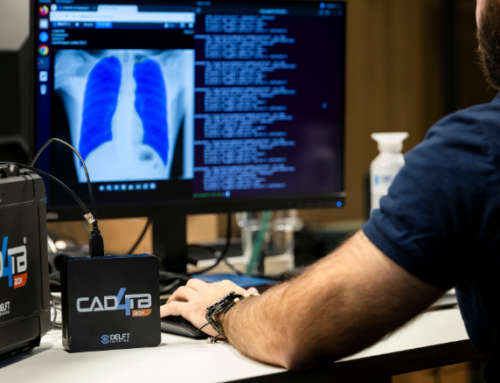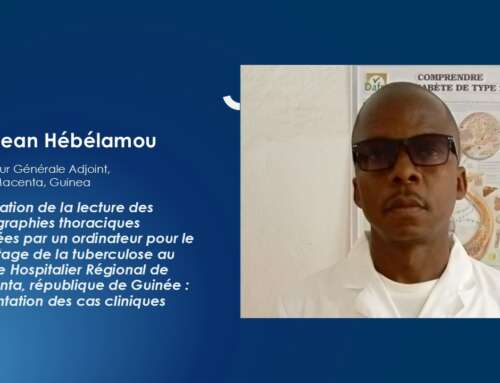The Democratic Republic of Congo (DRC) faces a high burden of tuberculosis (TB), with an incidence rate of 317 per 100,000 inhabitants. Despite efforts, there remains a screening gap of 22%. To address this, the DRC, in partnership with Stop TB and USAID, launched the “Introducing New Tools Project” (iNTP) to increase access to rapid TB diagnosis using ultra-portable digital X-rays with AI.
Deployment and Training
Eight health districts were selected for the installation of Delft Light X-ray systems integrated with CAD4TB AI software, including cities like Kinshasa and Lubumbashi. Training for radiology technicians from these sites was centralized in Kinshasa. Dr. Jean Pierre Kabuayi highlighted, “The training happened in Kinshasa for three days. And we learned those people how to set up this radiography and how to use it.”
Achievements
The DRC saw significant improvements in TB detection. From July to December 2022, over 5,300 X-rays were performed, with nearly 2,000 showing a high likelihood of TB. Dr. Kabuayi noted, “During those six months about more than 5300 x-rays were done. And among them about 1900 had a score that was superior to 40 which is more probable that those people had tuberculosis.”
Challenges and Solutions
Implementing the X-ray systems faced challenges such as space constraints, training needs, and language barriers. Dr. Kabuayi mentioned, “We needed to find a different room to work in good conditions.” Additionally, “Training only one technician per site initially proved insufficient,” leading to training two technicians per site for better coverage.
Language barriers were addressed by translating training materials into French. Equipment malfunctions, such as detector charger failures, highlighted the need for local support and a reliable supply of spare parts. Dr. Kabuayi suggested, “Establishing a national spare parts warehouse and implementing a remote radiology network.”
Lessons Learned and Future Steps
The integration of digital X-ray technology with AI has been valuable. Dr. Kabuayi stated, “This tool also helped us as a mobile strategy when we did our campaigns in prisons.” Future steps include revising CAD4TB score thresholds and including these systems in the National Strategic Plan for TB (2024-2026). Dr. Kabuayi concluded, “We hope, of course, that we will soon have an AI for the different children’s X-ray results.”
Conclusion
The deployment of portable X-ray systems and AI in the DRC has shown the potential of technology to transform TB healthcare. With targeted training, robust support systems, and continuous improvement, the DRC is making strides in reducing the TB burden. Continued collaboration with local health authorities and international partners will be essential in this effort.



